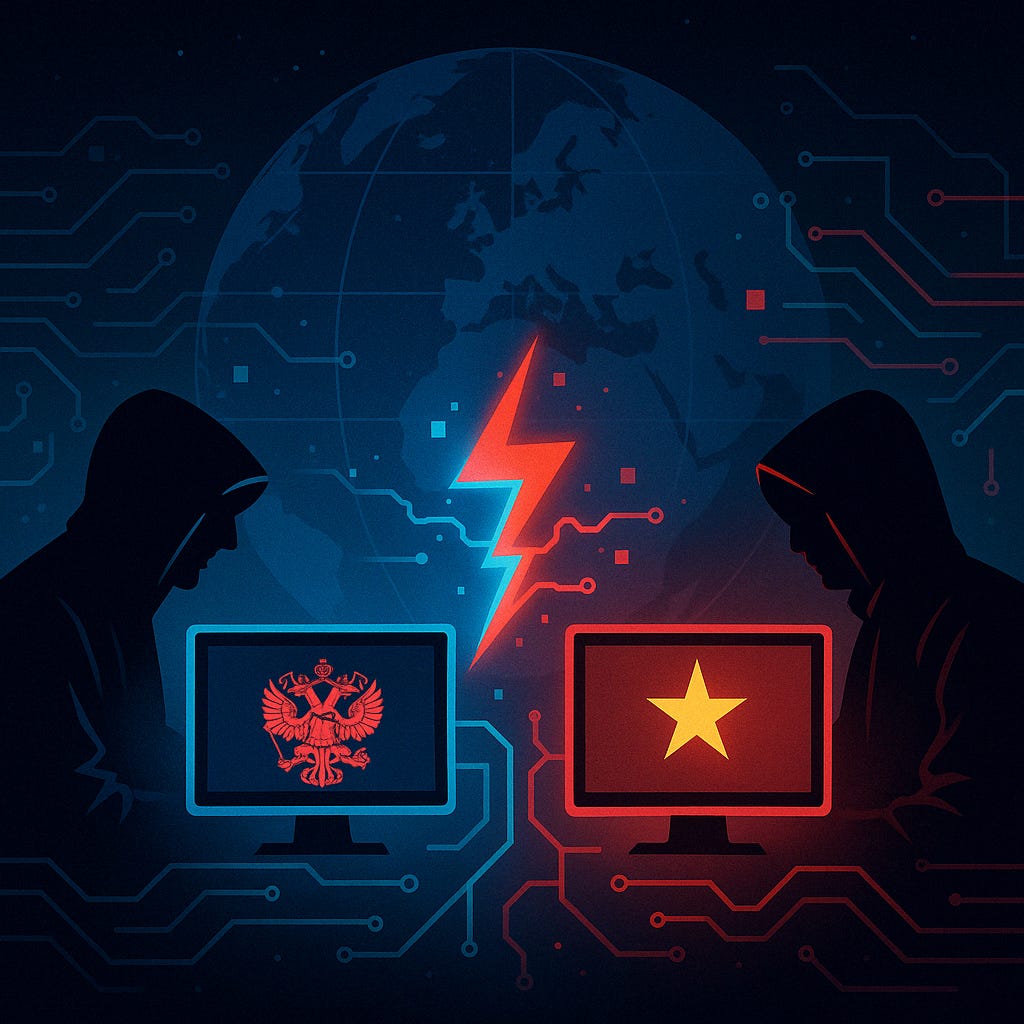When the Spies Spy on Each Other
While it's not uncommon to see Western entities targeted by Chinese cyber units, this campaign reflects something far more complex: a game of espionage among alleged allies.
In a turn of events that feels ripped from a Cold War reboot, new intelligence reveals that a China-linked APT group is actively targeting Russian government entities using an upgraded strain of Remote Access Trojan (RAT) malware known as PhantomCore.
The Malware: PhantomCore, Reinvented
PhantomCore isn’t a new name in the APT arsenal, but this version is anything but ordinary. Security researchers observed its use in recent spear-phishing campaigns directed at Russian government institutions, masked in ZIP file lures.
Once executed, the malware leverages DLL side-loading to blend into legitimate software environments. The payload is encrypted, obfuscated, and stealthy—making it exceptionally hard to detect by traditional endpoint defenses.
Key capabilities of PhantomCore include:
File exfiltration
Keylogging
Screen capture
Remote command execution
Persistence via scheduled tasks and registry edits
In essence: full-spectrum digital surveillance.
Delivery: Classic Yet Evolving
The attack vector starts simple: spear-phishing emails. Victims receive emails containing malicious ZIP attachments, which house the malware payload. Once extracted and executed, the real work begins.
PhantomCore establishes contact with command-and-control (C2) servers masquerading as domestic Russian services—a clever camouflage tactic. This not only helps the RAT avoid detection, but also minimizes suspicion during exfiltration and beaconing activity.
Implications: When Friends Play Enemies
What makes this story particularly intriguing is the geopolitical context. Despite public alignment between Beijing and Moscow, this attack signals distrust and a need for intelligence superiority—even among strategic partners.
This raises a key question: What else is going on behind the digital curtains of these alliances?
Whether it’s economic agendas, military coordination, or simply state-level paranoia, one thing is clear—cyberespionage knows no borders. Even friends are fair game when the stakes are this high.
What’s Next?
This campaign serves as a wake-up call to governments and organizations alike: relying on presumed diplomatic safety is a cyber death wish. Defenders need to:
Harden endpoint detection against DLL side-loading
Monitor unusual C2 infrastructure connections
Educate users on phishing awareness
Perform regular threat hunting focused on RAT behaviors
As the global chessboard shifts, one rule remains: Trust no one. Monitor everyone.
Stay paranoid. Stay secure.









